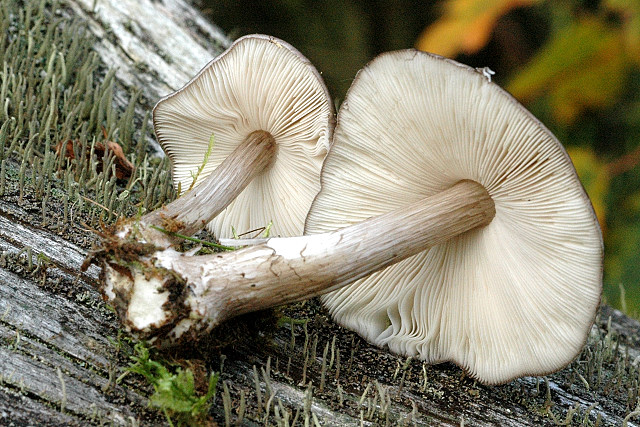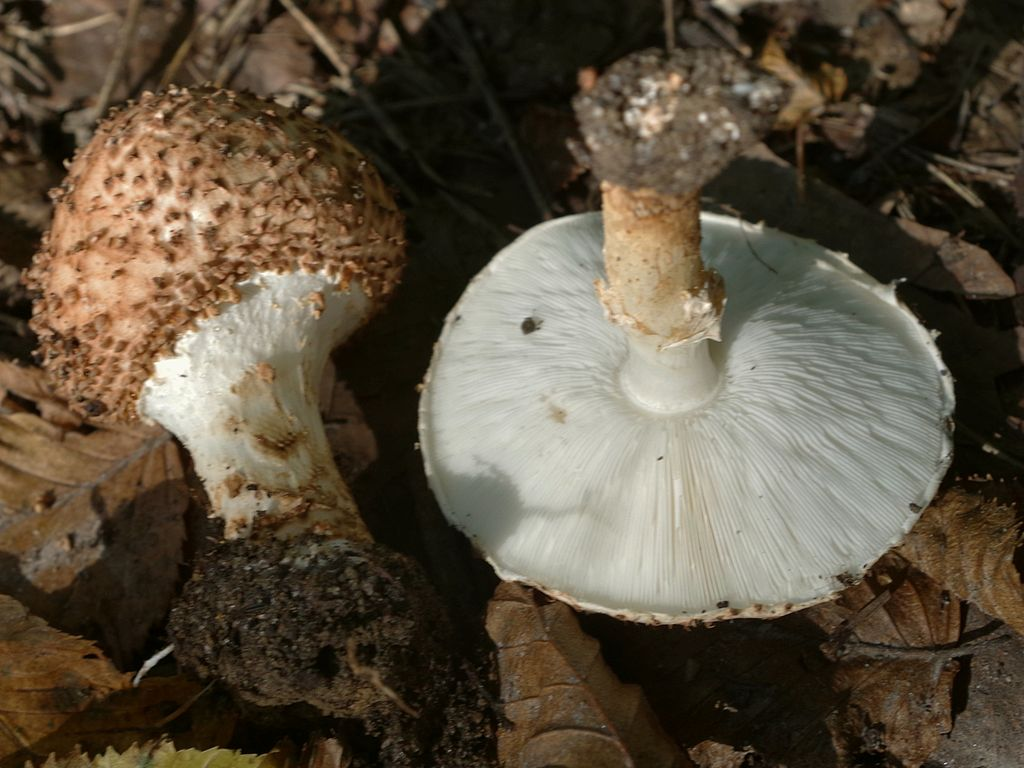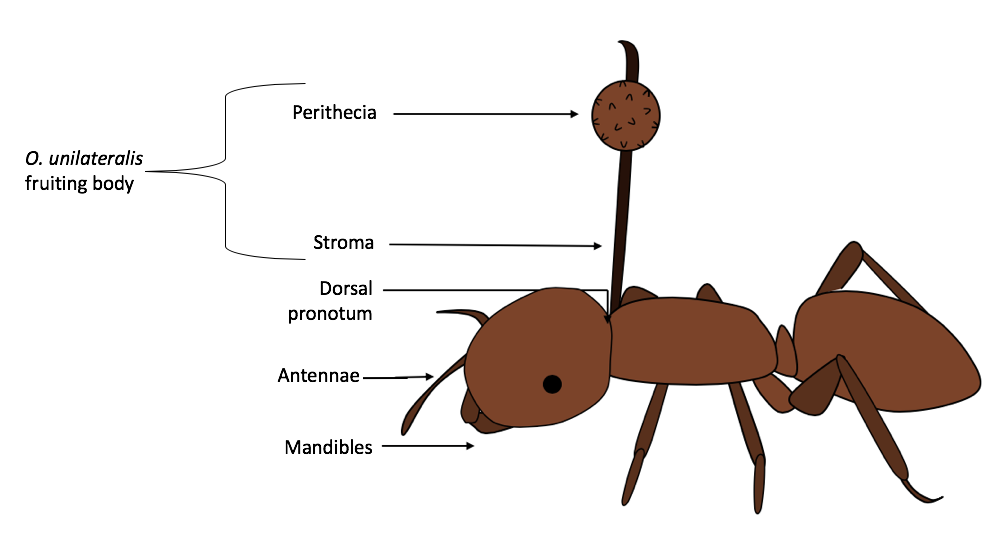ASCUS (Formerly Theca)
This article is about the spore-bearing cell in fungi. For Atypical Squamous Cells of Undetermined Significance (ASCUS), see Bethesda system. For the Greek mythological giant, see Ascus (mythology). (pl. asci) a cell present in the fruiting body of ASCOMYCETE fungi in which the fusi
Detritivores – the ultimate recyclers
These marvelous morsels of nature’s cleanup crew are the ultimate recyclers, turning yesterday’s trash into tomorrow’s treasure. Let’s dive into the delightfully dirty world of detritus dining! Imagine a world where your leftovers never go to waste. Well, in nature, that̵
Isoleucine, Tryptophol, Sleeping Sickness, The Disulfiram Effect and One Trick Hypnotists From Hell
Isoleucine (symbol Ile or I) is an α-amino acid that is used in the biosynthesis of proteins. It contains an α-amino group (which is in the protonated −NH+3 form under biological conditions), an α-carboxylic acid group (which is in the deprotonated −COO− form under biologica
Big Page of Hazel
The oldest confirmed hazel species is Corylus johnsonii found as fossils in the Ypresian-age rocks of Ferry County, Washington, USA
Streptomyces is the largest antibiotic-producing genus, producing antibacterial, antifungal, and antiparasitic drugs, and also a wide range of other bioactive compounds, such as immunosuppressants.
Streptomyces is the largest genus of Actinomycetota, and the type genus of the family Streptomycetaceae. Over 700 species of Streptomyces bacteria have been described. As with the other Actinomycetota, streptomycetes are gram-positive, and have very large genomes with high GC content.
Pluteus is a large genus of fungi with over 300 species
Pluteus is a large genus of fungi with over 300 species. They are wood rotting saprobes with pink spore prints and gills that are free from the stem. Etymology The Latin word Pluteus means shed or penthouse. Characteristics o
Echinoderma is a genus of fungi
Echinoderma is a genus of fungi in the family Agaricaceae. Its members were for a long time considered to belong to genus Lepiota and the group was then circumscribed by French mycologist Marcel Bon in 1981 as a subgenus of Cystolepiota before he raised it to generic status in 1991.
Ophiocordyceps unilateralis, aka Zombie Ant Fungus (Morphology)
The zombie-ant fungus is easily identifiable when its reproductive structure becomes apparent on its dead host, usually a carpenter ant. At the end of its life cycle, O. unilateralis typically generates a single, wiry yet pliant, darkly pigmented stroma which arises from the dorsal pr
the World’s Most Famous Frozen Fellow and His Magic Mushrooms
Gather ’round, history buffs and fungus fanatics, for a tale that’ll spark your imagination like flint on pyrite! We’re about to unravel the mystery of Ötzi the Iceman’s prehistoric pharmacy and fire-starting kit. Discovered in 1991 by some sharp-eyed hikers, our man Ötzi h









